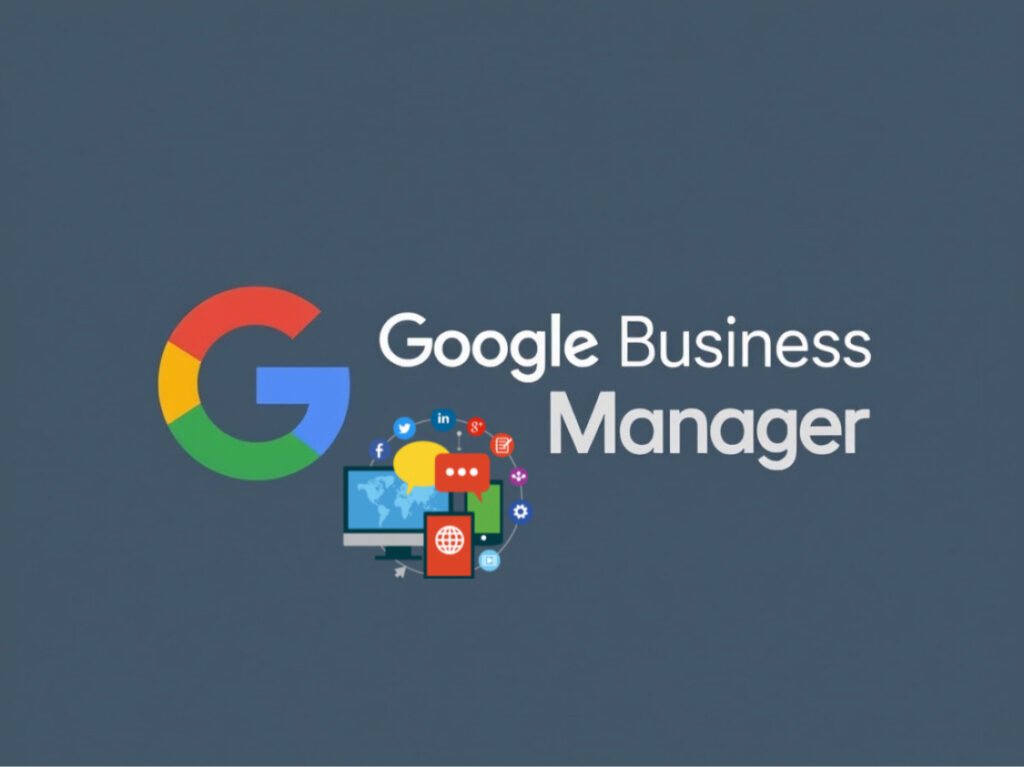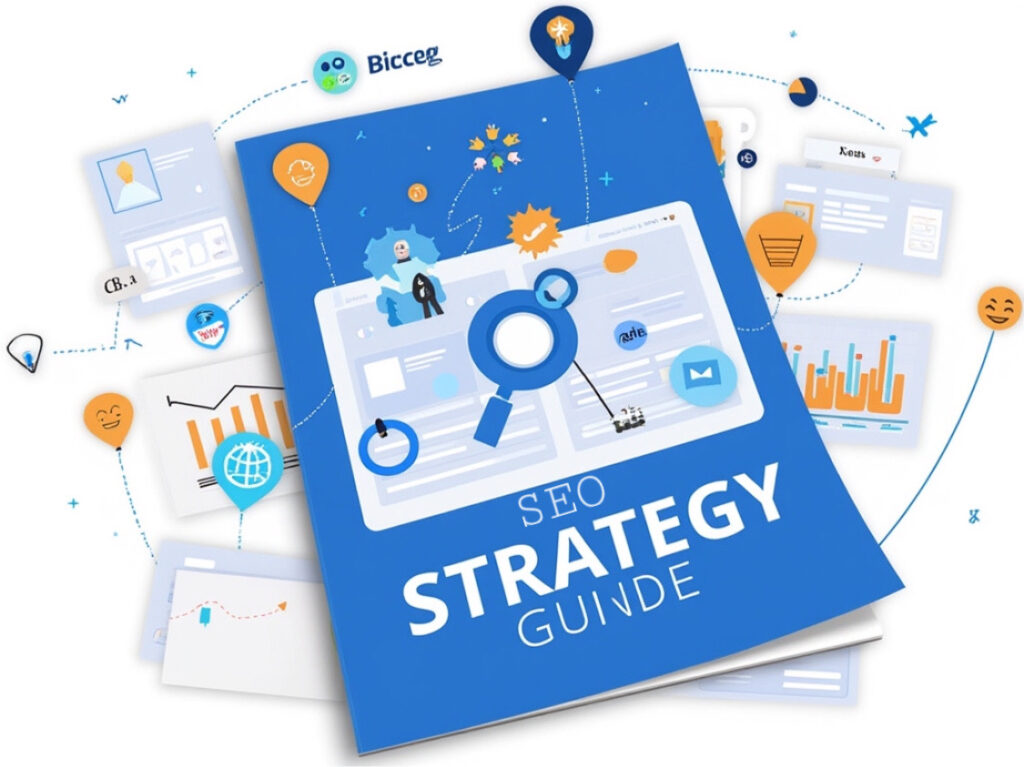
Building a mobile app without coding is now easier than ever, thanks to no-code and low-code platforms. These platforms provide drag-and-drop interfaces, templates, and pre-built functionalities, allowing non-developers to create professional mobile apps. Here’s how you can develop your mobile app without writing a single line of code:
1. Choose a No-Code App Builder
There are numerous no-code platforms available. Some popular ones include:
- Adalo: A no-code platform that allows you to create mobile and web apps with drag-and-drop components.
- Bubble: Known for its flexibility, it lets you build complex applications without coding.
- Appy Pie: A beginner-friendly platform for creating apps quickly with pre-built templates.
- Thunkable: Ideal for building native mobile apps for both iOS and Android.
2. Define Your App Idea and Features
Before you begin building, clearly define the purpose of your app. Ask yourself:
- What problem does it solve?
- Who is your target audience?
- What features are necessary for a Minimum Viable Product (MVP)? Common app features include user login, notifications, payment gateways, and social media integration. Prioritize features that align with your app’s goals.
3. Design the User Interface (UI)
Most no-code platforms come with pre-made templates and design components that make UI design simple. Focus on:
- User Experience (UX): Ensure the app is easy to navigate and visually appealing.
- Responsive Design: Make sure your app works well on different screen sizes.
4. Integrate Functionality
No-code platforms allow you to add functionality by dragging and dropping components, such as:
- Forms and Input Fields: For collecting user information.
- Push Notifications: To send updates and reminders.
- APIs and Databases: Many platforms allow integration with third-party services, such as Stripe for payments or Firebase for data storage.
5. Test Your App
Testing is crucial to ensure your app functions as intended:
- Internal Testing: Use the platform’s built-in testing features to simulate user interactions and find bugs.
- Beta Testing: Share your app with a select group of users to gather feedback and make improvements before launching.
6. Launch Your App
Once your app is tested and refined:
- Publish to App Stores: Platforms like Thunkable and Adalo provide built-in tools for publishing directly to the Apple App Store and Google Play.
- Marketing and Promotion: Start marketing your app on social media, email newsletters, and through influencers to generate interest and downloads.
7. Monitor and Update
After launching, use analytics tools to track user behavior and feedback. Regularly update your app with new features, bug fixes, and improvements to keep users engaged.
This step-by-step guide provides value to beginners and non-developers looking to create a functional mobile app without needing technical knowledge.









Leave a Reply